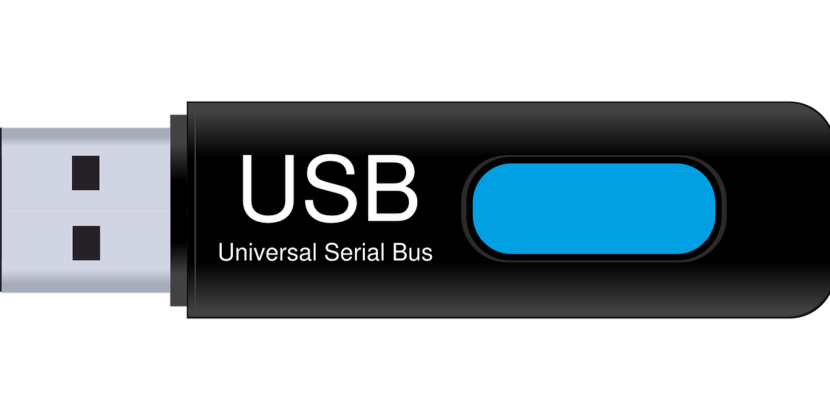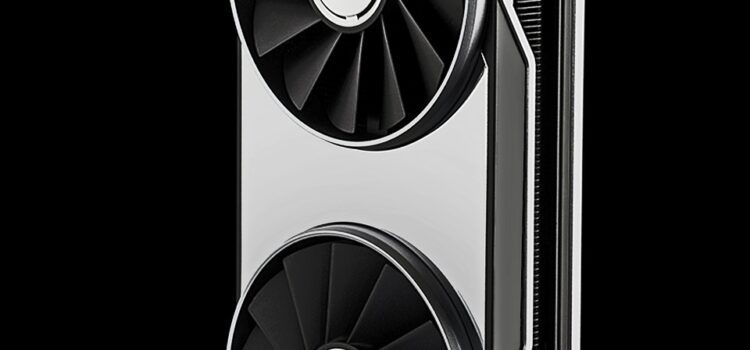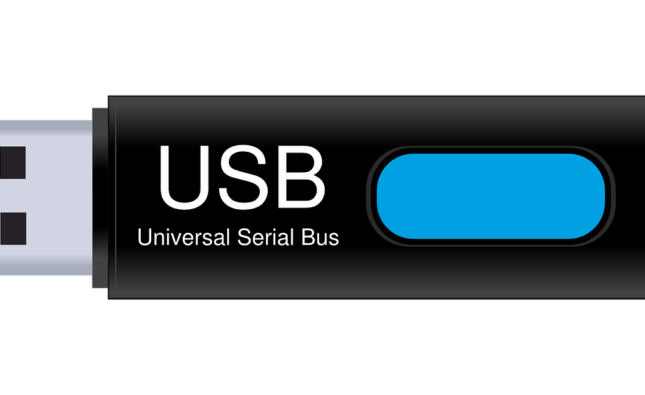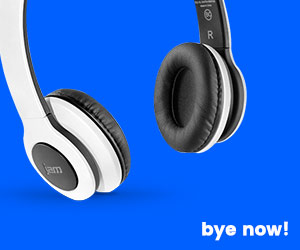
Nvidia’s RTX 5090 GPU is currently the fastest Blackwell GPU available and should provide significant gains for games using its Deep Learning Super Sampling (DLSS) technology. However, those relying on traditional rasterization will experience smaller performance gains.
According to MLID’s source working for a US distributor, only 20 RTX 5090 Founders Edition cards will be available upon launch compared to 100 cards available when selling the RTX 4090.
RTX Blackwell
Nvidia CEO Jensen Huang surprised many in attendance and watching online when he unveiled the RTX 50 series at his mega-keynote, leaving many amazed. Blackwell offers various AI/neural rendering acceleration features designed to push computing further forward.
Blackwell offers 4th Generation RT Cores that boast up to 8x faster ray triangle intersection rates than Ada GPU, optimized for Mega Geometry with its new Triangle Cluster Compression engine enabling Nvidia to quickly compress large clusters of RTX geometry – something showcased during Zorah demo.
Blackwell offers much more than RTX cores. In addition to them, its 5th Generation Tensor Core boasts up to 32x the performance of Pascal GPU and 2x that of Ada GPU when it comes to running deep learning algorithms at full resolution with high precision. These cores also support DisplayPort 2.1b high-speed hardware flip metering; MV-HEVC/H.264 encode/decode and has support for up to four 4K 165Hz monitors or two 8K 100Hz displays simultaneously.
Blackwell supports GDDR7 memory, which doubles INT32 bandwidth and speeds AI processing. Nvidia plans on offering 16GB (2GB chips) and 24GB (3GB chips) configurations of consumer cards.
RTX DLSS
Nvidia’s DLSS technology can significantly increase image quality of games with only minimal performance impact. It works by upscaling low-resolution images to look sharp on higher-resolution displays without needing costly GPUs for ray tracing; further reducing image noise, blurriness, and aliasing in real-time.
DLSS utilizes Nvidia’s supercomputer-trained AI to analyze lower-resolution frames and generate high-quality pixels, improving performance by analyzing multiple frames in succession and using motion data from previous frames. It is much smarter than manual denoisers as it can identify and reproduce various lighting effects; furthermore it reduces memory usage while creating additional high-quality frames to speed up frame rates.
This technology has had a dramatic effect on PC gaming, enabling gamers to enjoy sharper visuals at higher frame rates. It can make graphics-intensive games run much smoother on 4K displays; however, older displays might not work as effectively with this technique.
Nvidia’s RTX 5090 graphics card is one of the most powerful available today and supports Deep Learning Super Sampling (DLSS). It boasts more processing cores and faster clock speeds than other cards on the market, but requires an excellent power supply as well as liquid cooling due to its increased heat output.
The RTX 5090 provides exceptional value for your money, making it one of the best budget RTX cards on the market. Ideal for gaming at max settings in Black Myth: Wukong or 4K resolution with high FPS, it also supports Ray Tracing at 4K resolution at high FPS rates.
RTX Boost
Game players may have heard about Nvidia’s RTX technology by now; its GPU feature employing ray-tracing brings Hollywood-level lighting effects directly onto your computer screen, creating deeper shadows and brighter water surfaces for an all-encompassing virtual experience.
Nvidia’s flagship graphics card, the RTX 5090 is equipped with many impressive features such as RTX Boost. This function automatically switches power between CPU and GPU to optimize performance – especially helpful when playing demanding games!
RTX Boost’s unique thermal design helps reduce both noise and heat emissions, and improve memory bandwidth and clock speeds while providing quiet operation. Additionally, this card comes equipped with improved memory bandwidth and clock speed capacities compared to earlier generations of Nvidia cards.
The latest generation RTX cards use more efficient GDDR7 memory, making the RTX 5090 capable of running games at higher resolutions and refresh rates, as well as supporting four 4K monitors simultaneously.
Deep Learning SuperSampling or DLSS, another feature unique to RTX GPUs, stands out. This AI-based feature intelligently upsamples lower resolution images without burdening the GPU further – this technology is responsible for producing flawless frame rates in demanding titles like Death Stranding.
In some games, the RTX 5090 has been proven significantly faster than the 4090. However, it should be remembered that these tests were performed under varying settings so making direct comparisons difficult. Furthermore, Nvidia’s own tests show that when enabled DLSS, 5090 performs better than 4090.
RTX Memory
Nvidia’s next flagship card will likely boast 32GB of ultra-fast GDDR7 memory, enabling it to handle demanding games at high resolutions with all graphic settings maximized. Furthermore, this card should benefit from an increase in L2 cache capacity that reduces how often data needs to be transferred across its memory bus.
The new card will likely run on an architecture known as “Blackwell,” which offers improved performance and advanced features. According to reports, this card could boast up to 144 SMs and 8 GPC clusters each containing 12 SMs for increased compute power over its predecessors RTX 4090 Ti and 3090.
As opposed to previous GPUs, the RTX 5090 will utilize multibank DRAM memory that divides into smaller chunks that can be accessed simultaneously, enabling Nvidia to allocate more memory per CUDA core and increase frame buffer size. Rumors also suggest it may feature wide memory buses that will improve bandwidth.
The RTX 5090 will come in two distinct variants, the Founders Edition and AIB cards. The former boasts an all-metal body designed to Nvidia’s stringent quality standards; additionally it comes with LEDs that light up white.










